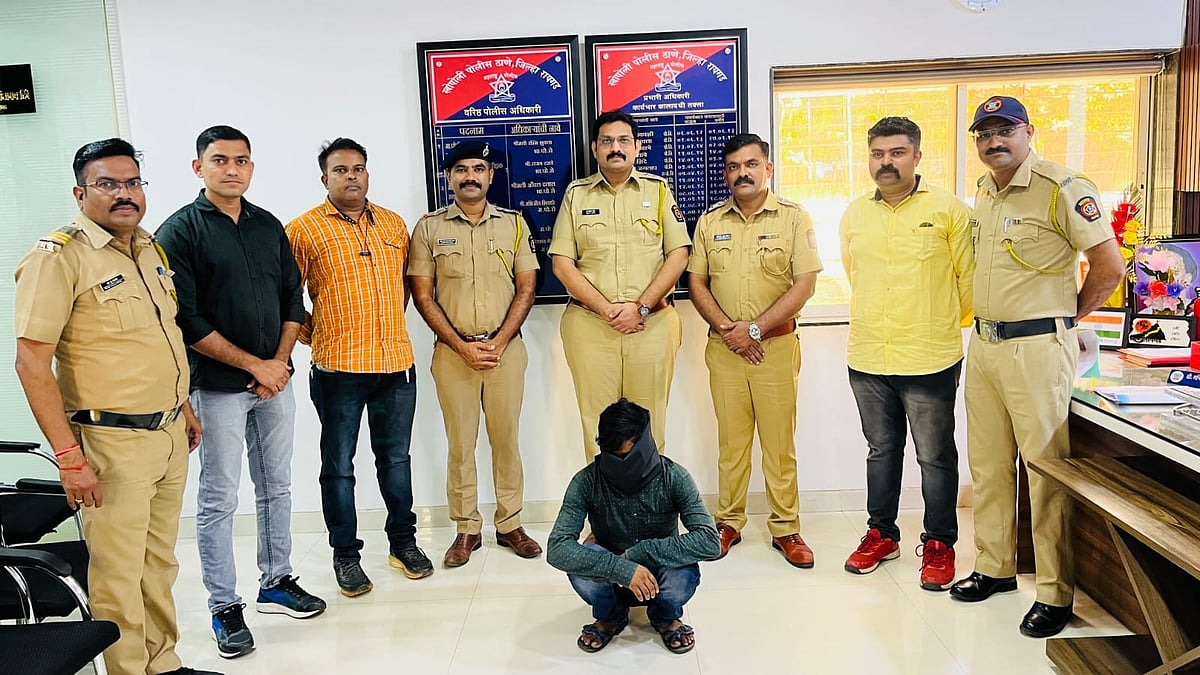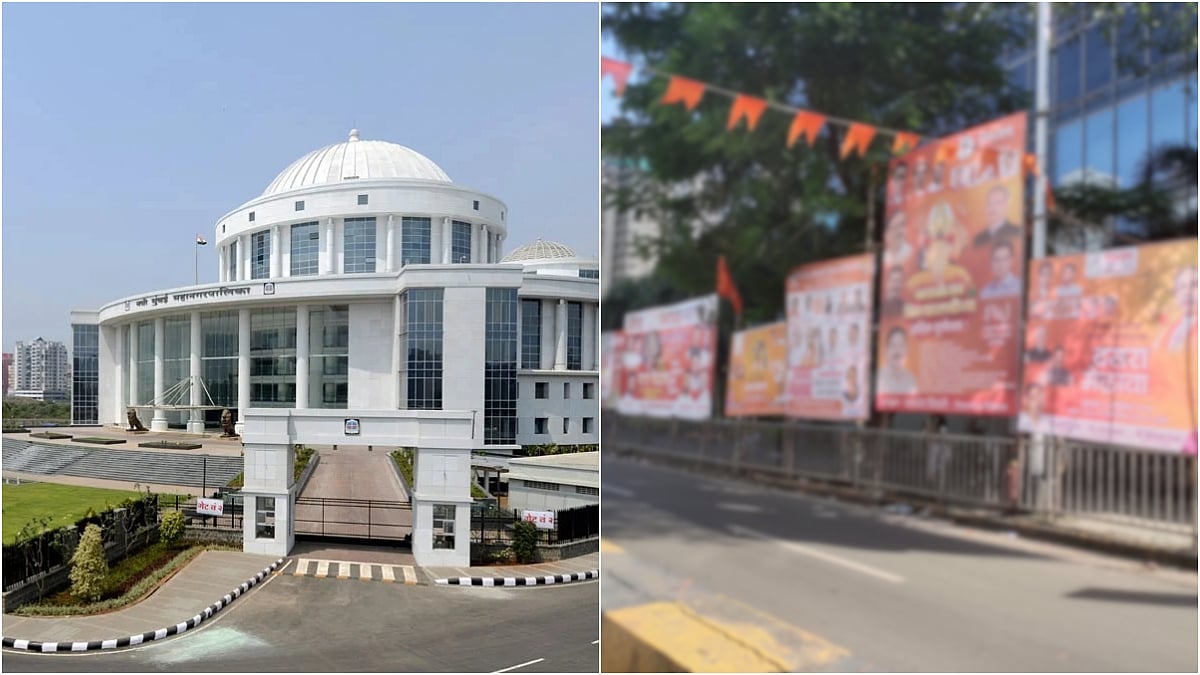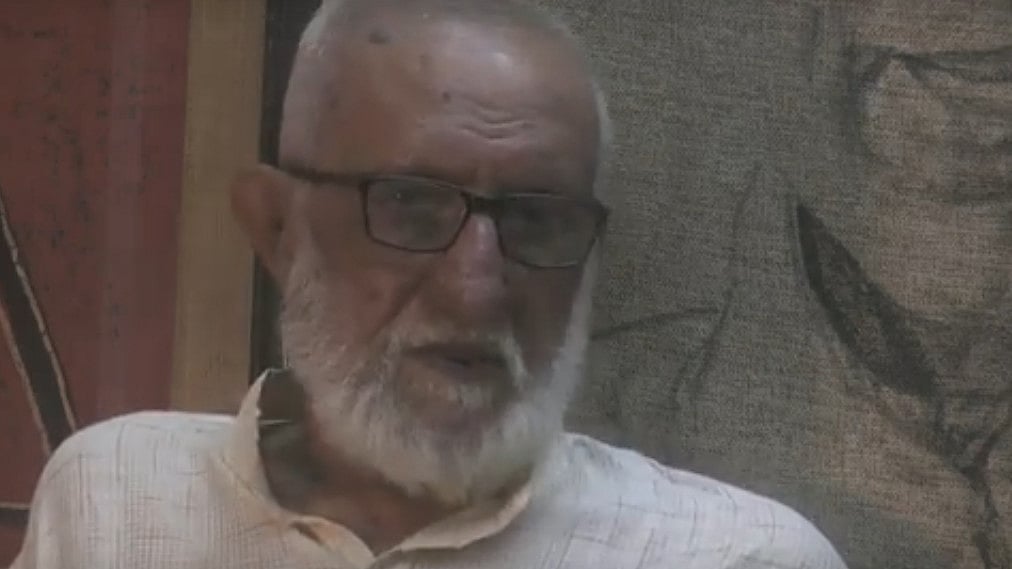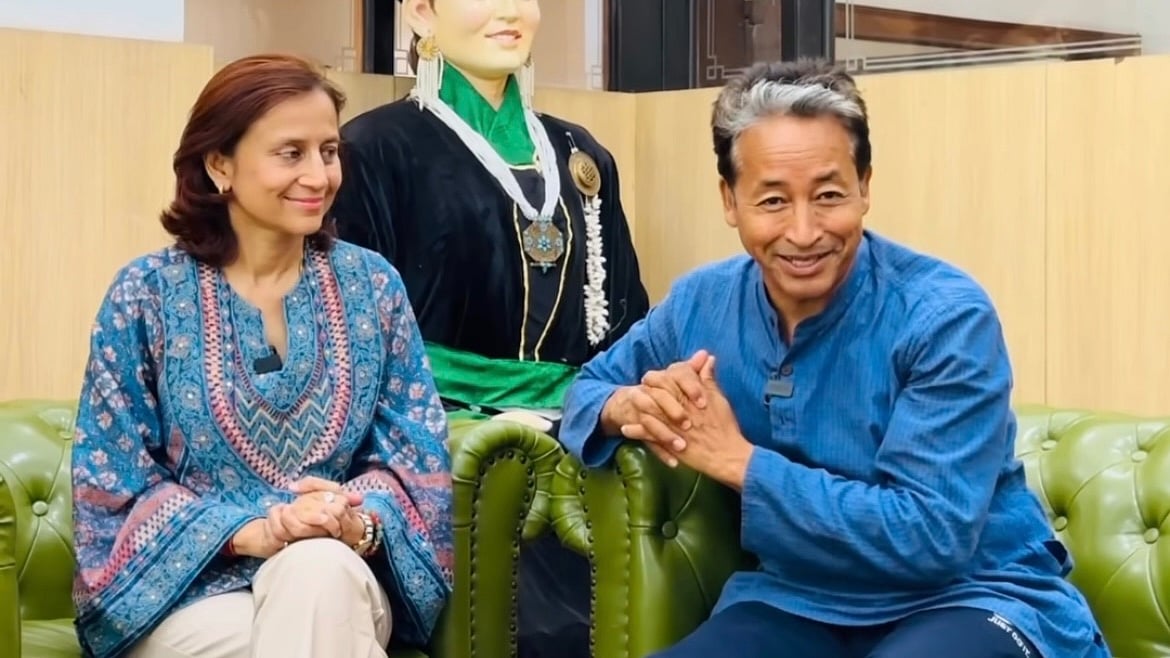Delhi is charming. Its charm has not failed in fascinating anyone. The Pandavas who are believed to have built the shining Indraprastha city somewhere close to what is now the Purana Qila, Qutbuddin Eibak who got the tall brick-minar built there, the Lodis who created the Shisha Gumbad in the exquisite parks, the Mughals who gave Delhi not just the Lal Qila but many majestic structures, and the British who left behind for us the Edwin Lutyen’s Delhi, all came under Delhi’s charm and, in turn, added their bit to it. For over a thousand years, and probably for a much longer time in its uncertain past, Delhi has continued to fascinate the rest of India. It will not be an exaggeration at all to say that all roads in India lead to Delhi, the place, history and legend. Delhi, despite its polluted air, its political skullduggery, its many-masks and its history of massacres and riots, continues to enchant India.
My first visit to Delhi was over half a century ago. In January 1968, as a young college student, I went there to meet Lalita Gouri Shastri. It was two years after Lal Bahadur Shastri met with an untimely death. Receiving a strange lad from the south, whose Hindi expression was awkward and who was terrified to be in such a large city, she was warm, affectionate and as simple as a rustic song. As I was leaving, she gently touched my head to bless me and said, ‘daro mat’, fear not. For the rest of the time, before catching my return train, I went around looking at as many monuments as a quick rickshaw ride allowed. Most of them created a sense of awe in my mind. I could not reconcile the contrast between Lalitaji’s touching simplicity and the awe-striking monuments of Delhi.
Is Delhi the legacy of Nadir Shah’s ferocity or the melancholic love of Mirza Ghalib? I have often wondered if Ghalib was not speaking to many of the Shahs of the past when he wrote in his lonely last years, “terey vade-pe jiye hum, to yeh jano, zhuta jana/ ke khushise mar na jate etabar hota” (It was your promises that kept me alive, though I knew they were pure lies. Had they been true, would I not have died of delight?). In Delhi, one does not have to be a poet of Ghalib’s genius to know a lie as a lie. Every Lalita Devi in Delhi has the courage to face the terror of every Shah; every Ghalib has the wits to know the lies pandered as promises. The two together give Delhi its unique strength. Others have added but monuments to the history-saddled city. It appears that today this unique strength is returning to Delhi in full measure. It runs in equal degree among the courageously protesting university students and the steadfast Shaheen Bagh women full of fortitude. Through their courage, action, speech and idealism, they are saying to the millions of Indians ‘daro mat’, a message simple and yet great, because it is so simple. Shaheen Bagh is no monument, no exquisite public place created to charm the world. It is a locality, barely known to the residents of Delhi until the other day, and like thousands of other neighbourhoods across the length and breadth of India that come alive through their every-day-ordinariness. And, indeed, suddenly India has woken to the fact that there is a Shaheen Bagh everywhere.
I was in Mumbai a few days back and saw several thousand women there following the Shaheen Bagh form of protest. The following day, I was in Sangli in Western Maharashtra, where I met hundreds of women who had made a pavement outside the old railway station their own Shaheen Bagh. That evening, when I returned to Dharwad in North Karnataka, I was told that the nearly two thousand women have undertaken a Shaheen Bagh satyagrah. It is, as if, all roads in India are being used to invite the Shaheen Bagh located somewhere in Delhi to their town. It is as if every Indian town is saying to another town, a neighbourhood to another neighbourhood, ‘daro mat.’ That is precisely what ends the awe and fear aroused by the Shahs of history; and once the fear is gone, the lies are more easily seen as lies.
The CAA, the proposed National Register of Citizens and the National Population Register were opposed in the Parliament by several political parties. Once the CA Bill became an Act - the CAA - it received as expected, criticism from jurists, journalists and several kinds of civil society formations. All of that was as per the set grammar of Indian politics. But, when the girl-students on university campuses and the otherwise ordinary and apolitical people started opposing it, one knew that there was something unique about the protest.
When the Supreme Court treated the 144 petitions related to the CAA as one more matter, there was neither much dismay nor much surprise. But when the Shaheen Bagh form of satyagraha started surfacing in small and big towns in the country, one knew that the language of political expression had moved to the next chapter. When State after State of the Indian Federation expressed its disapproval of the idea of NRC and NPR, it was like the already known actors playing out a new scene. But when the entirely unrelated and leaderless groups of people started assembling with the tricolour in one hand, a copy of the Constitution in another hand, in places all over the country, one found a compelling reason to believe that people are speaking to the power as never before since Mahatma Gandhi’s times. Unmistakably, the great phenomenon inscribed in the Constitution as ‘We, the people....’ is back with us. It is chanting tunes of courage and compassion; it is saying most emphatically ‘no’ to the current establishment’s ‘divide and rouse’ politics. Shaheen Bagh is a metaphor for that epistemic change in the Indian political discourse. For India, a fundamental transformation is taking place before our eyes. Thank you, courage. Thank you, Shaheen Bagh.
The writer is a literary critic and a cultural activist. He is Chairman of the People's Linguistic Survey of India and leads the Dakshinayan movement of writers.
Syndicate: The Billion Press











